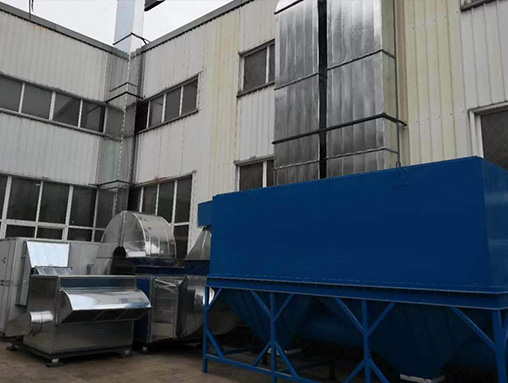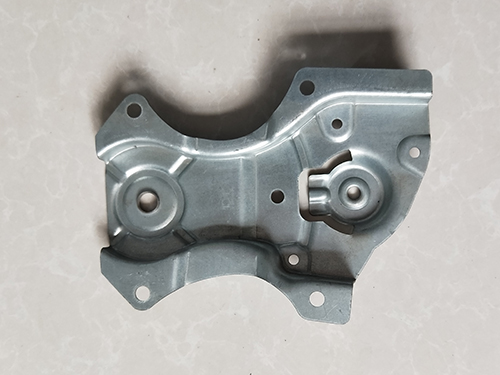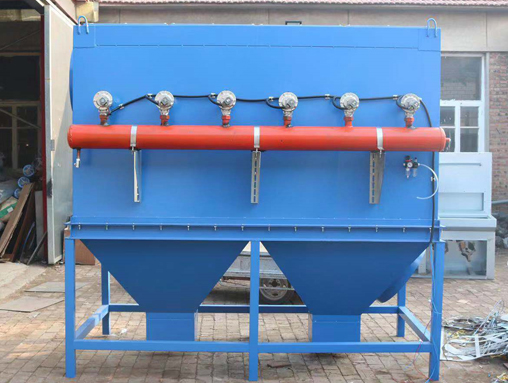Improving competitiveness and process performance of automotive body coverings
In the urgent situation where the global automotive industry increasingly values energy conservation and environmental protection, reducing the weight of cars to lower energy consumption, reduce exhaust emissions, and improve efficiency has become an important direction for major automotive companies to enhance their competitiveness; The use of aluminum alloy instead of steel materials is one of the main weight reduction methods adopted by automobile manufacturers in various countries. Because for every 1% reduction in car weight, fuel consumption can be saved by 0.6%. For every 100kg weight reduction in a sedan, gasoline consumption can be reduced by 0.48L per 100km.
The white body of a car accounts for about 30% of the total weight of the car. Using aluminum alloy plates instead of traditional steel plates on the inner and outer panels of the car can reduce the weight of the white body by about 40% to 50%; If aluminum alloy coverings are used, the entire vehicle can be reduced in weight by 10% to 15%, indicating the use of aluminum alloy body panels for weight reduction. In 2007, the successive launch of domestic independent B-class cars, C-Class cars, and sports cars provided a good application foundation and market prospect for aluminum alloys in automotive lightweighting applications. With the launch of many domestic sedans in the market, it will inevitably bring great opportunities for the application of aluminum alloy car covers, and also improve the domestic aluminum alloy manufacturing and forming technology. Currently, most sedans use all aluminum body, and aluminum body is used. Other models mainly use aluminum alloy to produce engine hood, doors, fenders, trunk lid and other components.
The aluminum alloy body is mainly composed of an aluminum body frame and inner and outer panels. The body frame can be divided into two types: integral and combination space. The integral design is made by welding 5% aluminum plate and 15% aluminum profile, both of which adopt this design method; The combination space frame is supported by an aluminum structure, which is composed of aluminum profiles and vacuum die cast joints. Aluminum alloy sheets account for about 50% of this body frame, and the Audi A8 adopts this design method.
Aluminum alloy sheets from the 2000 series (A1 Cu alloy), 5000 series (A1-1Ig alloy), and 6000 series (A1-1Ig Si) have all been used to manufacture automotive body panels. Due to the relatively poor corrosion resistance and strength of 2000 series alloys, as well as the 6000 series alloys, the usage of 2000 series alloys in vehicle body coverings has been decreasing in recent years; The application of 5000 series aluminum alloy is limited to a certain extent due to the Leders line and orange peel effect, as well as the inability to undergo heat treatment. In recent years, 5000 series alloys have only been used for the interior panels of car bodies. In order to achieve good formability under relatively low initial T4 (solution treatment+aging) state and better paint treatment effect, Europe, America, and Japan have successively used 6000 series aluminum alloy plates with good heat treatment performance as body exterior panels to meet the performance requirements of body exterior panels. In the 1970s, AA6009 and AA6010 aluminum alloy car body panels were developed, which have good plasticity and can be artificially aged by painting and baking after forming, achieving high strength (self aging can increase their yield strength by nearly 241MP for 6009 alloy panels and 310MP for 6010 alloy panels). They are widely used in the inner and outer panels of automobiles. By comparing the tensile and aging strength of AA6009-T4, AA2036-T4, and AA5182-T4 alloy panels, it can be seen that the strength of AA6009 alloy panel increases significantly after heating, while that of AA2036-T4 and AA5182-T4 alloy panels decreases. AA6005 alloy is more suitable for manufacturing car body coverings.
At present, Beijia Automobile Company mainly uses AA6111 and AA6022 series aluminum alloys, and their quantities are constantly increasing. European automotive companies mainly use AA6016 series aluminum alloy. Japanese car manufacturers mainly use AA6016 and AA6022 series aluminum alloys, while also using some AA6111 series alloys. The main requirements for internal panel materials are good deep drawing formability and assembly performance (welding and connection), so 5000 series alloys and some 6000 series alloys with good formability are mainly used. AA6111 and AA5082 are two typical aluminum alloys used for car body panels, which are formed.
Vehicle body coverings generally exist as part of a car or body, so the selection of materials for vehicle body coverings takes into account the performance and processability of the car, the performance of the body parts, the performance of the materials themselves, and the processing performance.
1. Automotive performance and process performance: Aluminum alloy sheet is used as a substitute material for automotive panels to meet the requirements of torsional stiffness, bending stiffness, paint baking hardening indicators (i.e. strength requirements), NVH requirements, energy absorption, impact resistance, low cost, formed assembly, and scrap car recyclability. These requirements can be achieved through structural design and optimization of components, material properties, and other means.
2. Performance of body parts: mainly refers to the requirements for dent impedance (anti dent performance of covering parts), connection between components, forming process of parts, torsional stiffness, bending stiffness, surface smoothness, etc.
3. Material performance and process performance: mainly refers to the welding, coating, forming, heat treatment, and recyclability properties of the material. Compared with steel plates, there are still many problems in using aluminum alloy sheets to manufacture components such as car engine covers, trunk covers, fenders, and doors. In summary, these problems and solutions are as follows: (1) Poor formability: can be solved by improving formability or forming processes; (2) Low strength and resistance to indentation: This can be solved by improving the strength and baking hardening performance of alloy materials through pre-treatment processes; (3) Low welding performance and poor joint performance: The welding process can be used to improve the welding performance of aluminum alloys, thereby enhancing their overall performance; (4) High cost: This can be solved by promoting the development of forming and welding processes, and striving to reduce the manufacturing cost of aluminum sheets.
Therefore, the forming and welding techniques used in the process of manufacturing automotive coverings using aluminum alloy sheets are the main means to solve the problems (1), (3), and (4) mentioned above, expand the application scope of aluminum alloy automotive coverings, and reduce costs.







